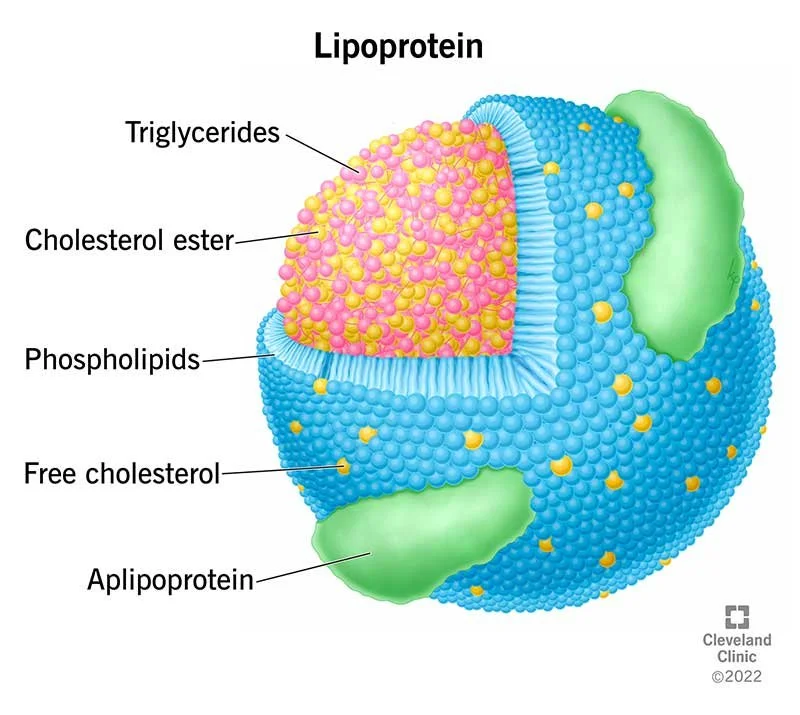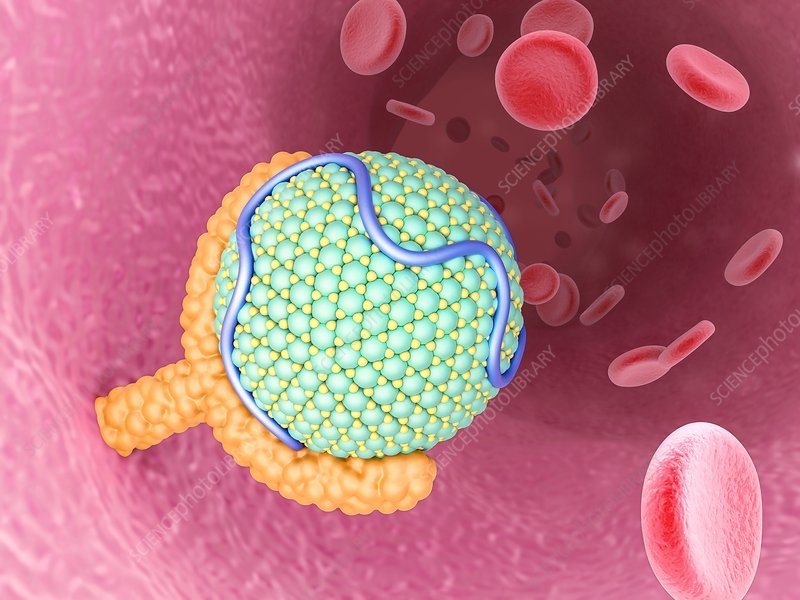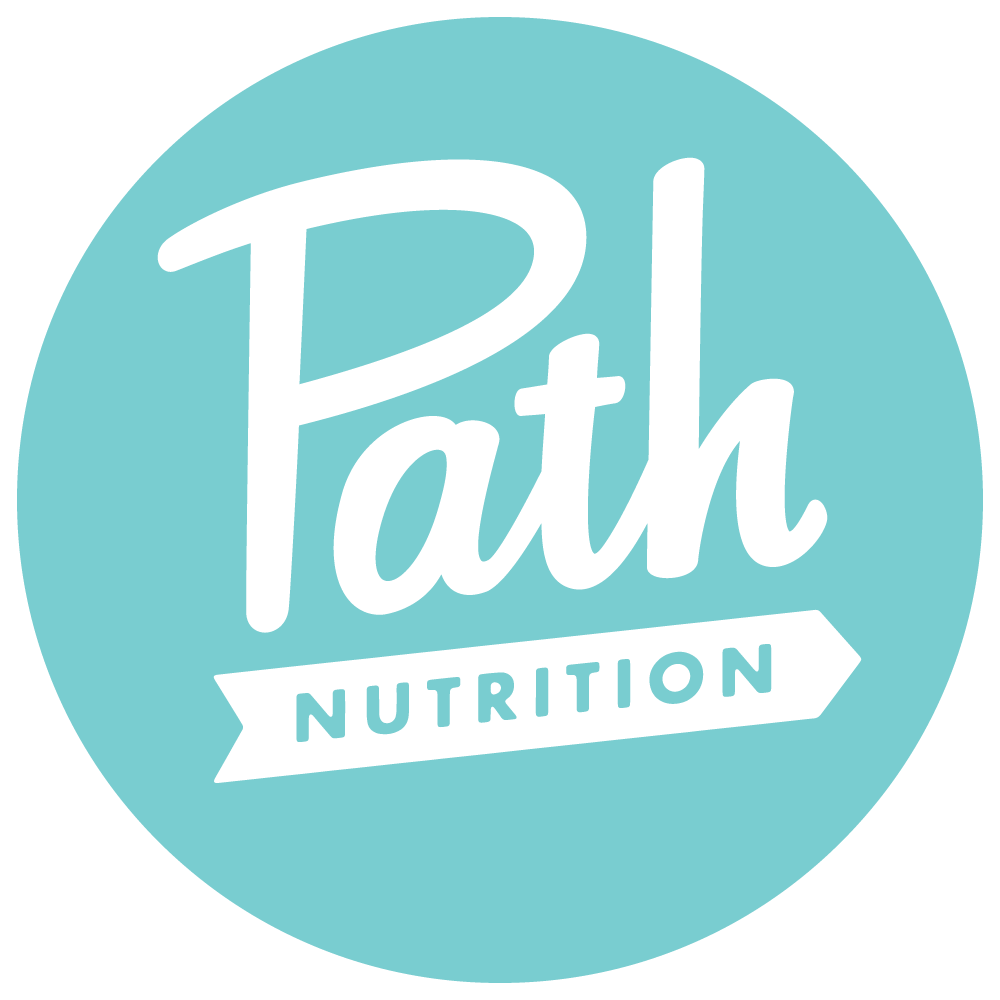Cholesterol 101 - Discover the Truth About Cholesterol
February is National Heart Month, so let’s learn about cholesterol! I break it all down so you can understand it.
Cholesterol is always mentioned whenever there’s talk about heart health, cardiovascular disease, or health in general. But, does cholesterol feel sort of like a mystery to you? You know you should be going for less of it in your lab numbers and it can be found in animal fats. But outside of that, cholesterol is what exactly?
This week I’m going break down this molecule that floats around in our body - where it comes from, why we NEED it, when it goes off the rails, and more.
What is cholesterol?
Cholesterol itself is a type of fat. Our liver makes about 80% of our cholesterol and the other 20% we need comes food that we eat. The foods the contain cholesterol are from fats in animal foods. Plants do not have cholesterol, they have other fat sterol molecules call phytosterols. Both have functions that we need for our health.
When we eat food, we break everything apart into it’s individual components (sugars, amino acids, fats, vitamins, minerals), absorb them in the small intestine and all is headed to the liver. Here in the liver is where cholesterol gets repackaged up with fats and proteins so it can travel through the body, how it gets packaged up determines its job. These new packages are called lipoproteins. The lipoproteins are really what you are getting tested when tested for cholesterol!
The names just refer to how much protein to lipid (fats) there are - the density of the ratio.
LDL = low density lipoprotein
HDL = high density lipoprotein
The Apoliprotein wrapped around the lipoprotein in green is either A or B. This is the protein that says hey this is cholesterol containing molecule is coming to do xyz job.
Why we need cholesterol
We need cholesterol and we need in certain amounts to perform all of its functions. Having low cholesterol is not any more ideal than high cholesterol.
The important jobs of cholesterol:
Starting block to make testosterone, progesterone, estradiol
Starting block to make cortisol and aldosterone
Provides cell structures to cells - helps to give it shape and sturdiness
Helps to make vitamin D
Helps make bile in the liver so can break down fats in digestion.
Brain structure and function
Immune system function.
Cholesterol itself is not the enemy - how it is functioning (determined by it’s size and makeup) is what makes cholesterol create problems in the body.
LDL cholesterol is not the “bad” cholesterol.
I will say this until I’m blue in the face, but without LDL cholesterol you would not be able to do the above functions. LDL cholesterol is tagged with the Apoliporotein B. Apo B is what signals to the body that this molecule needs to come deliver cholesterol to the cell to do its very important job.
So why does LDL cholesterol get a bad wrap? Because the smaller it gets, the more easily it can get past cells that line the arteries (the vessels that take blood away from the heart). In addition, the smaller LDL gets the more sticky it is. We want to our lipoproteins to be big and bouncy attaching to the receptors anxiously awaiting the LDL and bring into the cell and do it’s thang. Once inside a cell the LDL is acted on by enzymes to dismantle the package, take the cholesterol and anything else the cell might need and then boot scoot on out of the cell to be taken back to the liver to find a new job.
If the cell needs to get rid of cholesterol molecules, an immune cell called macrophage comes to engulf to get it back to the other side of the cell wall and through a series of signals HDL will pick up the cholesterol to usher it to the liver or another cell in need.
Easy peasy!
Make it stand out
Diagram of the different lipoproteins. You will see Lp(a) - this is the smallest LDL cholesterol. Lp(a) can go into artery lining, past the cells that line the artery, without any assistance of receptors. High levels of Lp(a) are an individual cardiovascular risk factor.
HDL cholesterol
HDL has long been described as the “healthy” cholesterol, which is true, but it has to be the larger HDL particles. Just like LDL’s as the HDL particles decrease in size, their function is altered and not for the better.
The reason why HDL is considered healthy is because one of it’s main jobs is to go around picking up the extra cholesterol molecules to go back to liver or to other tissues that may need cholesterol molecules.
HDL cholesterol molecules are also formed in the small intestine which helps to reduce cholesterol from food getting absorbed. This allows for some dietary cholesterol to get excreted in waste.
Doctors goals for patients is to increase total HDL cholesterol, but in research when HDL was raised in pharmacological ways, cardiovascular risk factors were unchanged. In addition, some people genetically make less HDL and they are not at higher risk for cardiovascular disease. What the heck? This points to the same as LDL - it’s size and function matter.
When HDL gets smaller in size it is not able to do it’s job of picking up the cholesterol from the cells.
Are we seeing a pattern here?
Cholesterol is only good or bad as it’s size and function. All information you cannot find a standard cholesterol panel.
How do cholesterol/lipoproteins go bad?
There are several reasons why we may have more small dense LDL particles.
1) High levels of triglycerides. Triglycerides is the bodies storage from a fat. Trigylcerides (TGs) can come from eating fat in the diet, but they are also formed when we eat more carbohydrates than our body can use and store as glycogen (a limited capacity).
These triglycerides are part of the lipoproteins LDL and HDL, but in continual excess the liver is attempting to get rid of the extra TGs. This is done in different ways like
send TGs to fat cells for storage
increase the amount free floating in the blood
stored in the liver (=fatty liver)
package them up as LDL in ever increasing numbers and are predominately the smaller denser particle size.
2) Changes in hormones. In women, the decline of estrogen can directly impact cholesterol levels and even increases in small dense LDL. These shifts can occur without any changes to diet and exercise.
In my own experience, as an active person that has eaten more or less the same for the last 5 years, I have watched my total cholesterol and triglycerides remain relatively constant while my LDL and small-dense LDL levels rise.
3) Genetics - different gene expressions that influence LDL particle creation. This is for both LDL’s and specifically for Lp(a). You can have genetic factors that influence making more small dense LDLs or Lp(a). You can have high levels of small dense LDL and normal Lp(a) and visa versa or both.
4)Chronic Inflammatory Conditions: like psoriatic and rheumatoid arthritis, IBD, psoriasis, metabolic syndrome, chronic kidney disease
5) Endocrine Disorders like hypothyroidism and PCOS.
Why does it matter?
The more smaller and denser the lipoproteins (cholesterol) we have the more likely they will begin to build up in the arteries and cause narrowing, blockages, and strokes.
You can prevent and reverse this through diet, exercise and targeted medications.
Statins, can’t fix all cholesterol problems. If you have high Lp(a) a statin won’t help and will need other interventions.
Stay tuned for next week where I dive deeper into how the build up of plaque in the arteries happens. Spoiler alert it is more than just cholesterol….
Sources:
https://www.ncbi.nlm.nih.gov/books/NBK538139/
https://health.harvard.edu/heart-health/how-its-made-cholesterol-production-in-your-body
https://www.ncbi.nlm.nih.gov/books/NBK305896/
https://pmc.ncbi.nlm.nih.gov/articles/PMC3735931/
https://www.ncbi.nlm.nih.gov/sites/books/NBK305896/
https://pmc.ncbi.nlm.nih.gov/articles/PMC6509080/
https://www.sciencedirect.com/science/article/pii/S0022227520330832
https://pmc.ncbi.nlm.nih.gov/articles/PMC7136892/
https://pmc.ncbi.nlm.nih.gov/articles/PMC8877621/
https://www.sciencedirect.com/science/article/abs/pii/S0939475318302254
https://pmc.ncbi.nlm.nih.gov/articles/PMC8877621/#B53-medicina-58-00299





